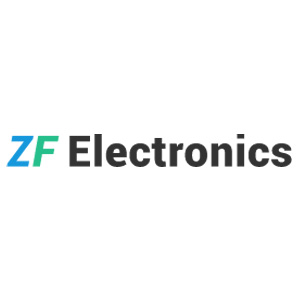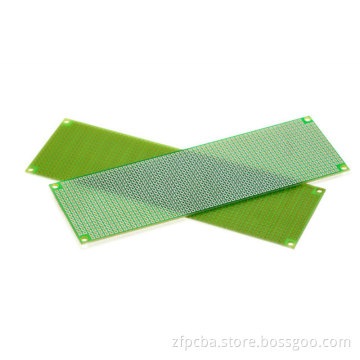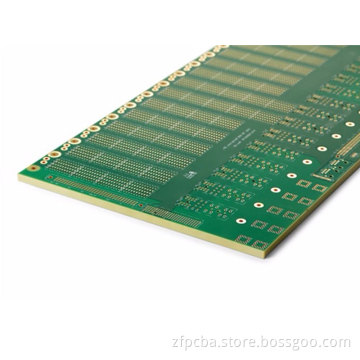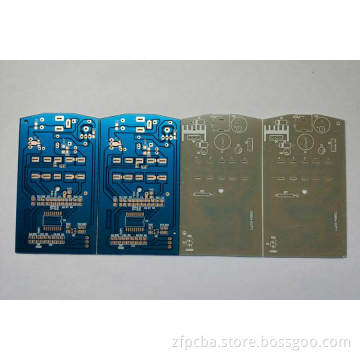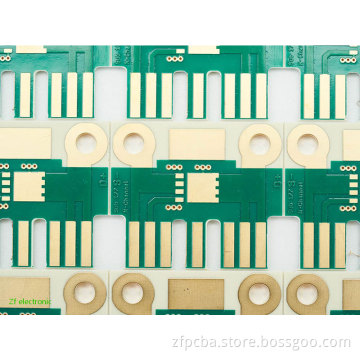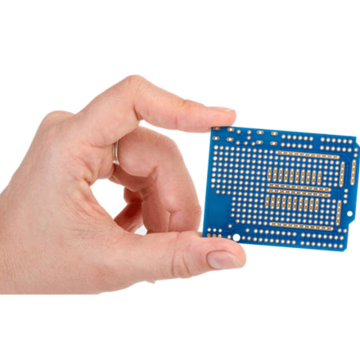
FR4 PCB
-
$30.00≥1 Bag/Bags
- Min. Order:
- 1 Bag/Bags
- Min. Order:
- 1 Bag/Bags
Your message must be between 20 to 2000 characters
Contact Now| Payment Type: | T/T |
|---|
ZF Electronics is a China Shenzhen-based printed circuit board assembly manufacturer and PCB assembler. Shenzhen has been the world's center of electronics R&D and manufacturing for decades. By skipping all the middle pcb manufacturing companies, we are successfully passing the savings and bringing a total satisfaction of PCB/PCBA purchasing experience to our valued customers. That is why 100% of our regular customers come to us for their future orders.
PCBs have long been an essential part of electronic circuits. As a result, most of the electrical engineers involved in the production of these boards are familiar with the different materials used to manufacture them. FR4 is one of the most popular materials used by fr4 pcb manufacturer. What makes it popular? You will find information about the pcb material fr4 used in FR4 printed circuit board down below.
Introduction to FR4 PCB material
FR in FR4 denotes flame retardant and FR4 distinguishes the material from other materials in the category. The glass pcb fiber fr4 structure provides structural stability to the material. The glass fiber layer is covered with a flame retardant epoxy resin, which brings durability and robust mechanical properties to the material. All these characteristics make FR4 PCBs popular among electronics manufacturers.
Advantages of the popularity of FR4 PCBs
1. FR4 is a low-cost material.
2. It has a high dielectric strength, which contributes to its electrical insulation properties.
3. The material has a high strength-to-weight ratio and is lightweight.
4. It is moisture-proof and also has a relative temperature.
5. It has an excellent electrical loss performance.
6. FR4 does not absorb water and is therefore also suitable for various marine PCB applications.
7. The material is yellow to light green and is ideal for any application.
All these features make it suitable for a wide range of environments.
How is FR4 organized on a conventional FR4 PCB?
FR4 can act as the base for any PCB. The material is laminated with a copper foil layer, which is laminated using heat as well as an adhesive. The copper foil can be used to laminate the material from one or both sides.
Tips for choosing the right FR4 material for your FR4 PCB
It is vital to use the correct thickness of material for the construction of FR4 PCBs. Thickness is measured in inches, such as inches, feet, and yards. There are several elements to consider when selecting FR4 material for your PCB. The following tips will simplify your selection process.
1. Select thin FR4 material for building panels with space constraints. The thin material can support the various precision components needed to make devices such as Bluetooth accessories and USB connectors. They are also suitable for larger projects where engineers wish to focus on space-saving design.
2. The thin FR4 material is suitable for applications where flexibility is required. For example, using the thin material for automotive and medical PCBs is ideal as these PCBs need to be bent regularly.
3. Avoid choosing thinner materials for PCB designs with recesses as it increases the risk of damage or fr4 pcb board breakage.
4. The thickness of the material affects the weight of the printed fr4 circuit board and may also affect the compatibility of the components, which means that a thin FR4 material would logically facilitate the manufacture of lighter boards and thus the production of lighter electronics. These lightweight products are attractive and easy to transport.
When to avoid using FR4 PCB material?
FR4 material is not the right choice if your application requires any of the following.
1. Excellent heat resistance. If PCBs are required to be applied in high-temperature environments, it is recommended that FR4 materials are not used. For example, for PCBs in aerospace applications, FR4 material is not the right choice.
2. Lead-free soldering. If your customer requires a RoHS compliant PCB, lead-free soldering must be used. During lead-free soldering, reflow temperatures peak and reach 250 degrees Celsius and are not tolerated by FR4 materials due to their low-temperature resistance.
3. High-frequency signals. When exposed to high-frequency signals, FR4 boards are unable to maintain a stable impedance. As a result, fluctuations can occur and may affect the integrity of the signal.
Due to their popularity and widespread use, it is easy to find FR PCB materials on the market today with a wide range of specifications and functions. Such an abundance of choice can sometimes make selection difficult. In such cases, it is essential to discuss your requirements with the manufacturer.
Other PCB Fab
Related Videos
Leave a Message
PCB Market
Related News
FAQs
How to Get a Quotation for PCBA (Assembly PCB)?
Please send BOM(Bill of Material/Components) and above mentioned PCB files. It’s better if you could supply finished production photos and full requirement detail images.
What will need for PCB clone service?
Please send us the printed circuit board concerned,and also the sharp photos of its front side and the back side.

